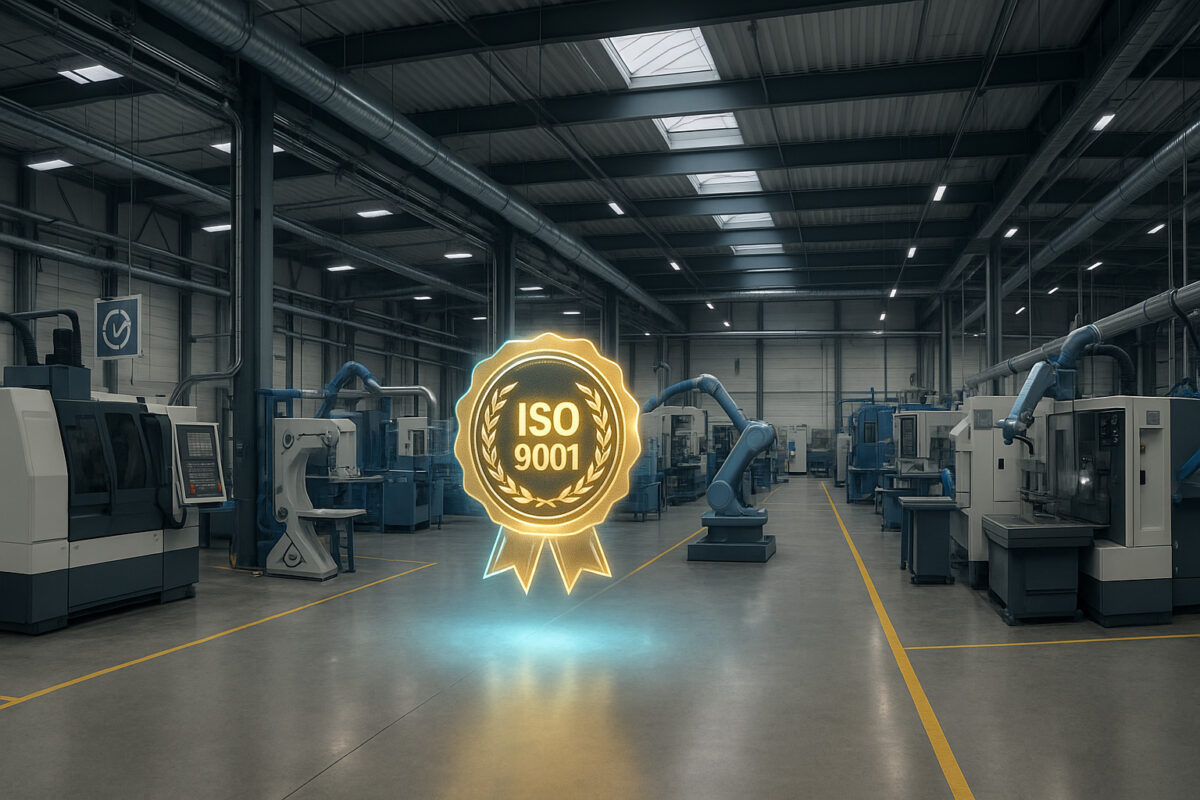
In a constantly evolving industrial environment, where competitiveness depends on responsiveness and resource optimization, supply chain management becomes a strategic lever. To efficiently manage flows, logistics, inventory, production, and delivery, companies use specialized software such as ERP, WMS, and TMS. These management systems help structure business processes, coordinate operations, track goods in real time, and improve service quality at every stage—from warehouse receipt to customer delivery.
Given the diversity of these tools—between enterprise resource planning software, warehouse management systems, and transportation management solutions—it is essential to understand their differences, functionalities, and complementarity. This article helps you gain clarity to optimize your supply chain management, reduce costs, and enhance your company’s performance.
ERP: A Centralized Management System
ERP is integrated management software that addresses all of a company’s processes. The system includes many core functionalities such as resource planning, accounting, procurement, and logistics. Its main advantage is consolidating all information in a single database, eliminating miscommunication between departments. ERP effectively supports supply chain management in tracking inventory, orders, and evaluating operations. It is possible to monitor all business processes to optimize them.
Although a WMS is not primarily focused on warehouse and logistics management, the solution can rely on specialized modules to control product quality and supply chain efficiency. It is not specifically designed to manage transport and storage operations.
WMS: Optimizing Warehouse Management
A WMS (Warehouse Management System) is software that manages warehouse and storage operations. Unlike ERP systems, WMS focuses on internal flows within the warehouse—from goods receipt to shipping. This tool enables more accurate inventory tracking by ensuring product traceability and automating actions such as order picking, fulfillment, and dispatch.
WMS systems enhance operational performance by reducing picking errors and optimizing product locations. Product flow traceability occurs in real time, offering greater visibility over inventory and replenishment needs. These systems are especially effective when used alongside ERP or TMS solutions to better coordinate logistics across the supply chain.
TMS: Managing and Optimizing Transport
The Transport Management System (TMS) is logistics software specialized in managing transport operations. Highly valuable to entrepreneurs, a TMS boosts profitability by optimizing routes, cutting costs, and enhancing service quality. It supports better route planning, coordinates loading, and oversees the last-mile delivery process.
One of the key advantages of TMS software is real-time tracking of transportation and shipments. It helps anticipate delays and optimize truck load rates. Additionally, with advanced features like billing, EDI, and performance analysis, TMS enhances the profitability of logistics operations. When used effectively alongside an ERP and WMS, it enables seamless inventory and operations management.
ERP, WMS, TMS: How to Choose the Right Solution?
Before choosing between an ERP, WMS, TMS, or a combination of the three, you must first assess your company’s specific needs. While ERP meets the need for centralized data management, it lacks many of the features offered by WMS or TMS. In many cases, using multiple modules—or all three—is justified.
Moreover, a company aiming to better manage its supply chain must carefully select its suppliers. Deploying management software requires dedicated support and training for effective use. To ensure the quality and compliance of your chosen solution, don’t hesitate to conduct a preliminary audit—or even a factory audit if necessary.
Equally important is supplier management. Identifying excellent service providers who can deliver high-quality services through a well-defined strategy is crucial. This requires establishing selection criteria and, more broadly, effective partner management to enhance organizational structure and reduce costs—for the company and its logistics partners alike.
Finally, disputes will be less frequent and customer service will be greatly improved if you ensure high-quality standards for transported goods throughout the supply chain. Quality checks should be implemented at every stage: learn more about product quality control.
Outside of the ERP, which offers a global enterprise management solution, the WMS is a complete warehouse management system.
Ultimately, it is most accurate to say that ERP addresses the company’s general management needs, WMS optimizes warehouse operations, and TMS handles transport. Finding the right solution depends on your specific needs and how effectively the tools integrate. A successful supply chain management system requires selecting the appropriate software, precisely organizing flows, and real-time operations monitoring. These elements will enable you to conduct an effective factory audit and ensure the required quality standards.







